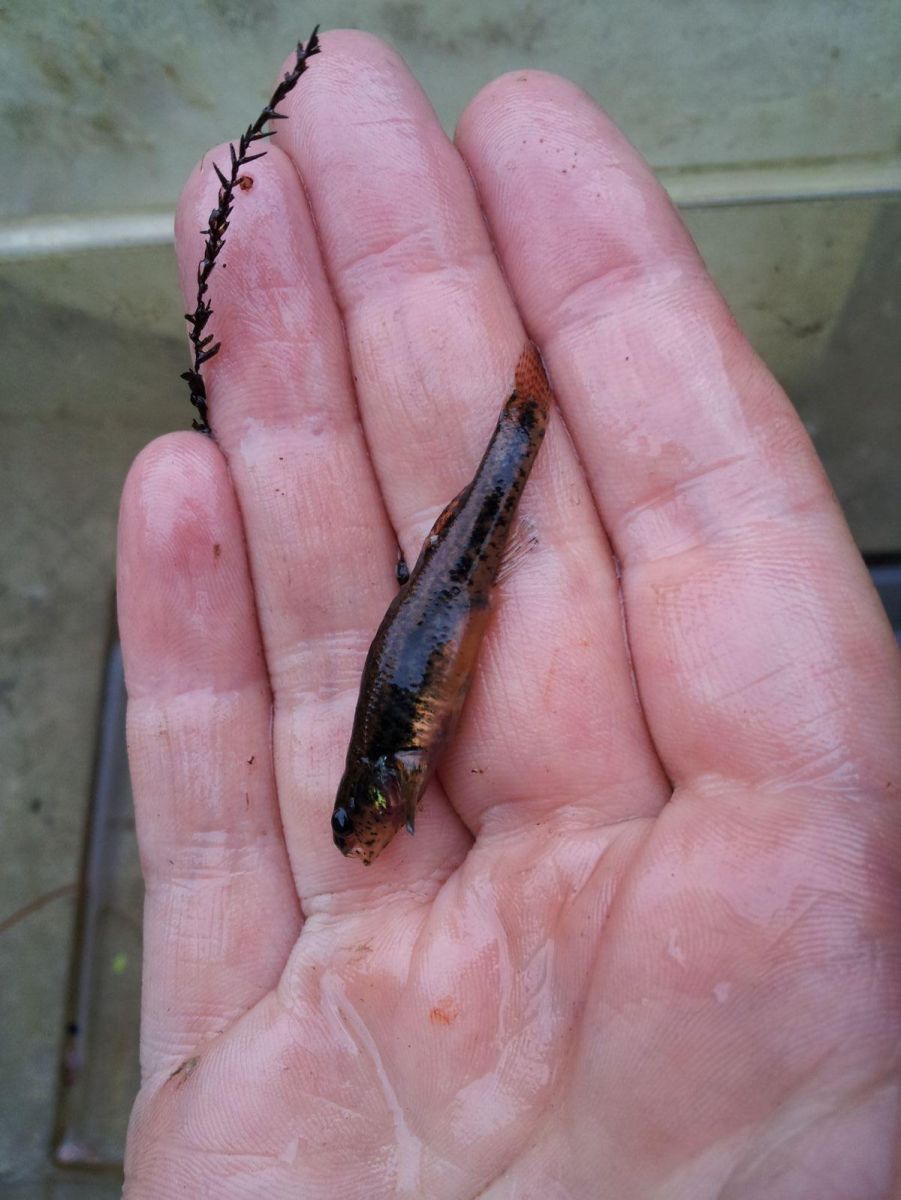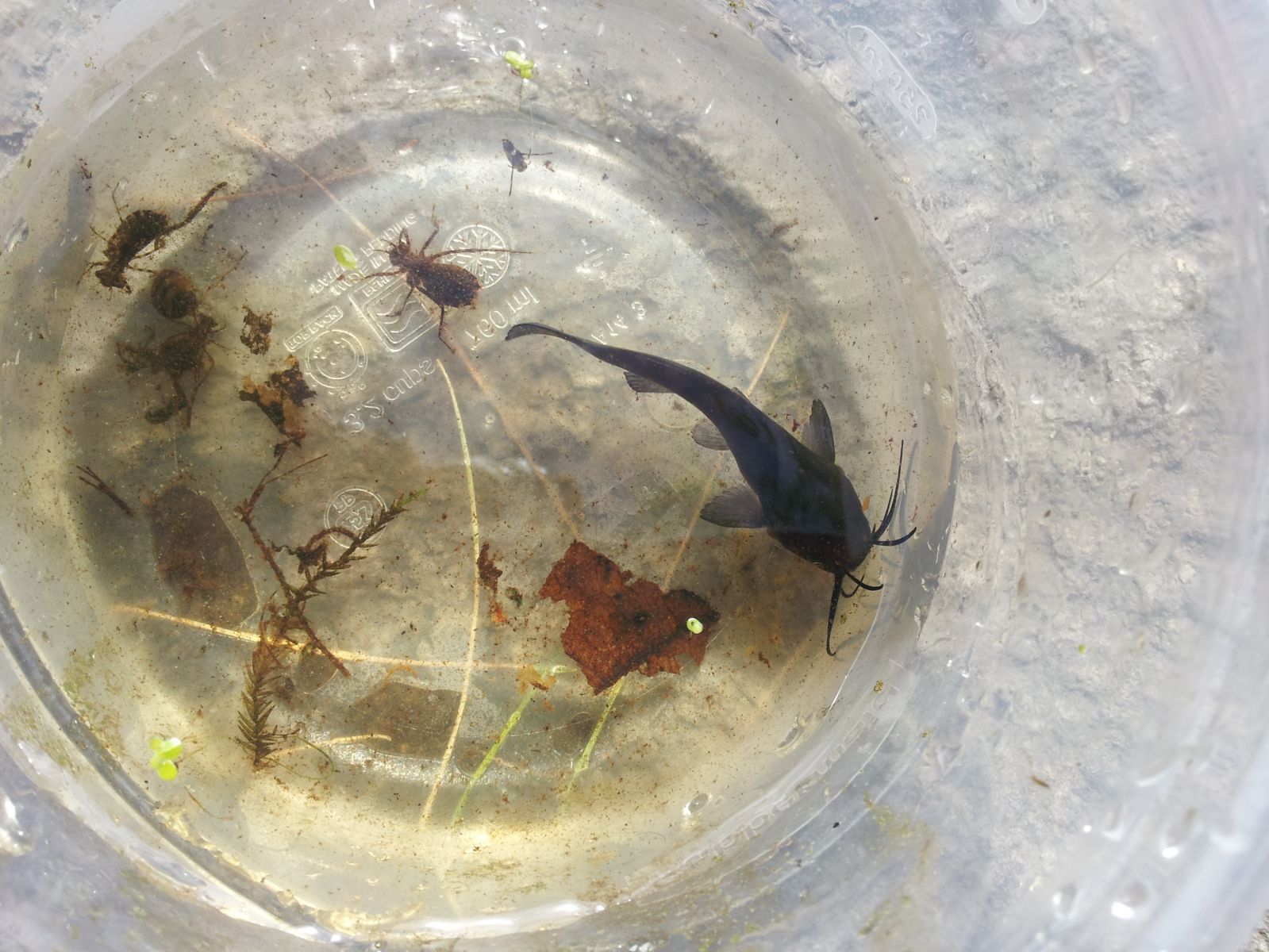A swamp (?) darter (guessing based on location, a pond):

And a small catfish:

Posted 22 June 2014 - 10:46 AM
Posted 23 June 2014 - 04:51 PM
Posted 21 January 2015 - 08:51 AM
Posted 21 January 2015 - 11:49 AM
Gerald Pottern
-----------------------
Hangin' on the Neuse
"Taxonomy is the diaper used to organize the mess of evolution into discrete packages" - M.Sandel
Posted 21 January 2015 - 01:01 PM
Posted 21 January 2015 - 05:35 PM
Gerald Pottern
-----------------------
Hangin' on the Neuse
"Taxonomy is the diaper used to organize the mess of evolution into discrete packages" - M.Sandel
Posted 21 January 2015 - 06:05 PM
Tolerance for exteme conditions in nature isn't always a good predictor of susceptibility to collection-induced stress.
0 members, 1 guests, 0 anonymous users